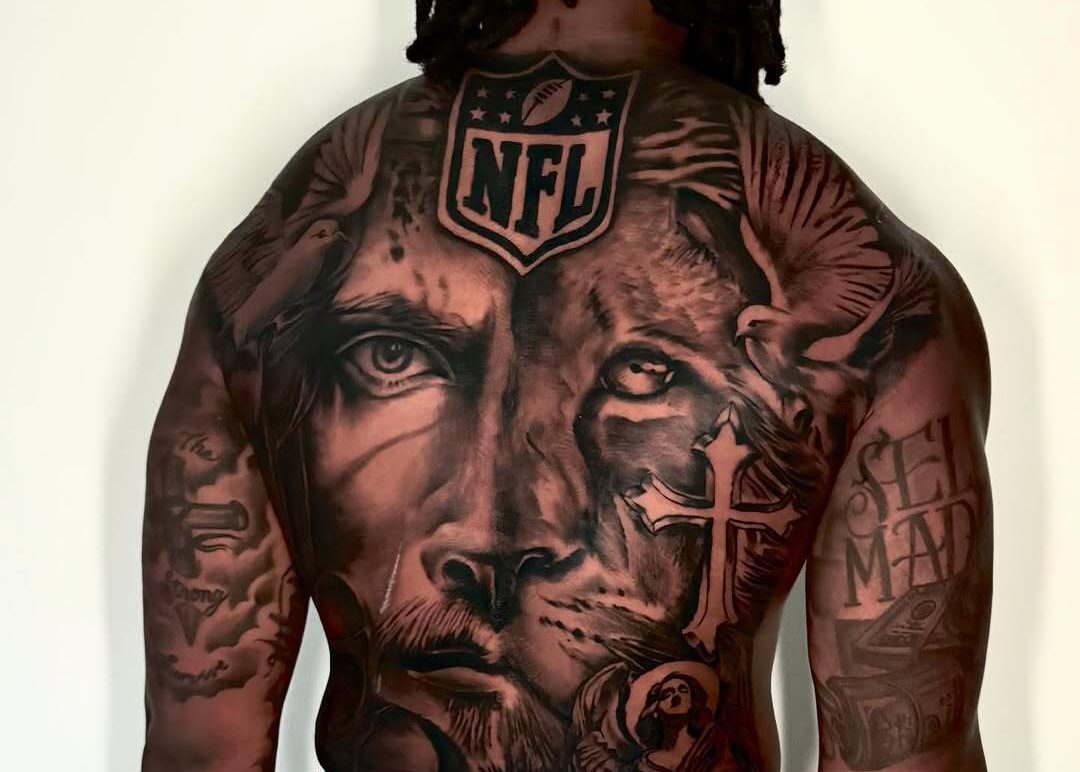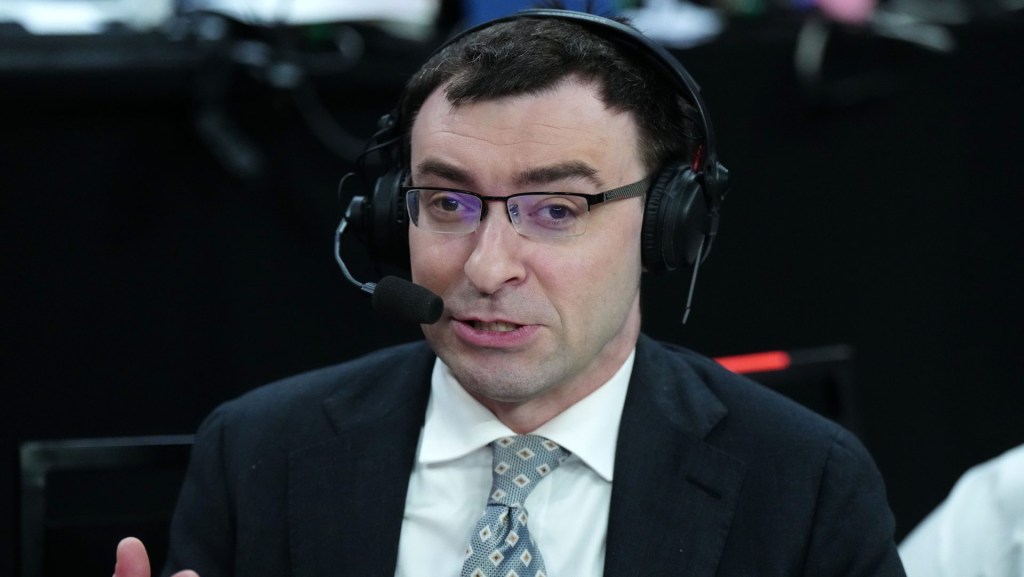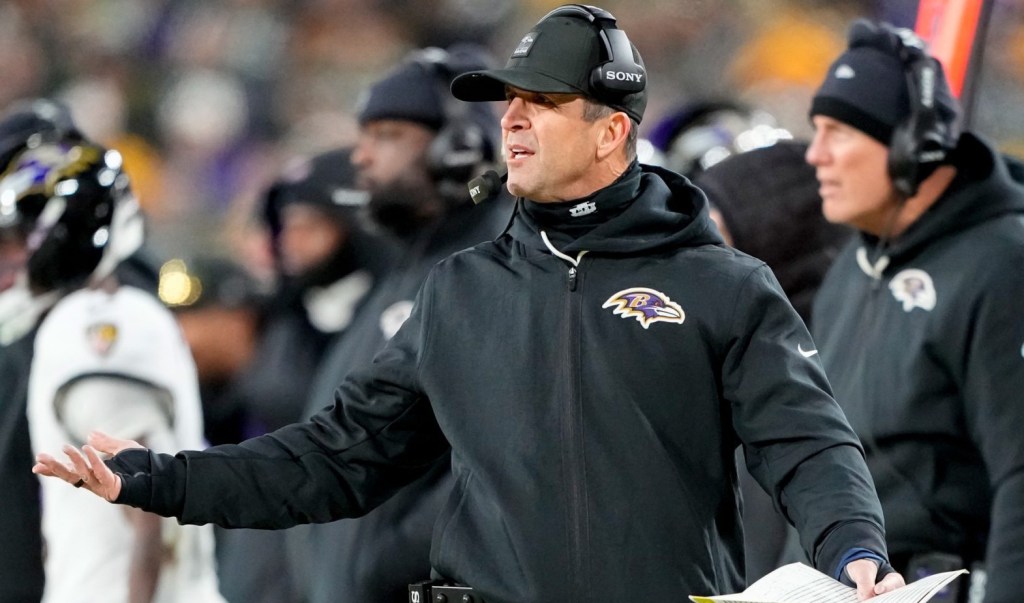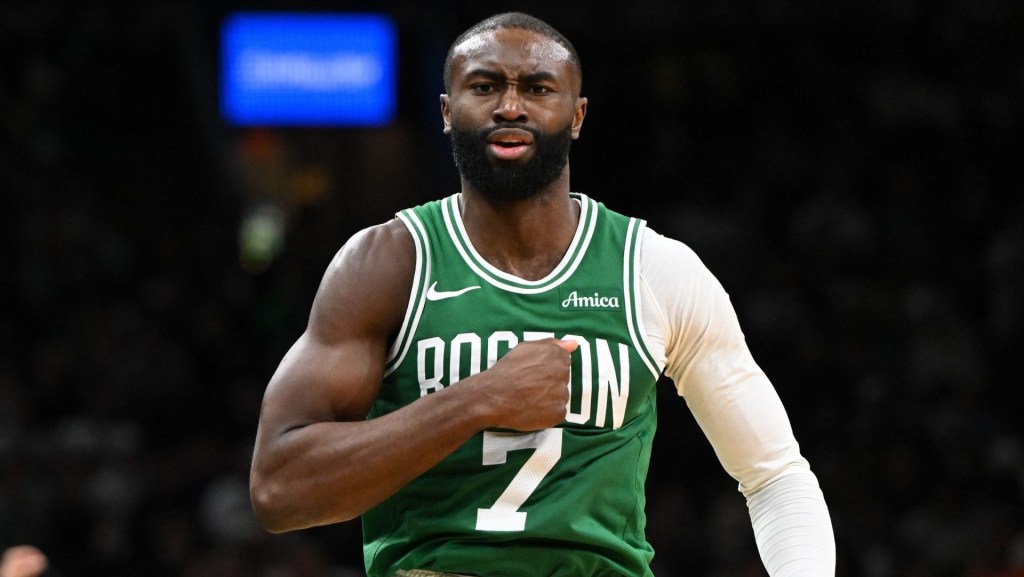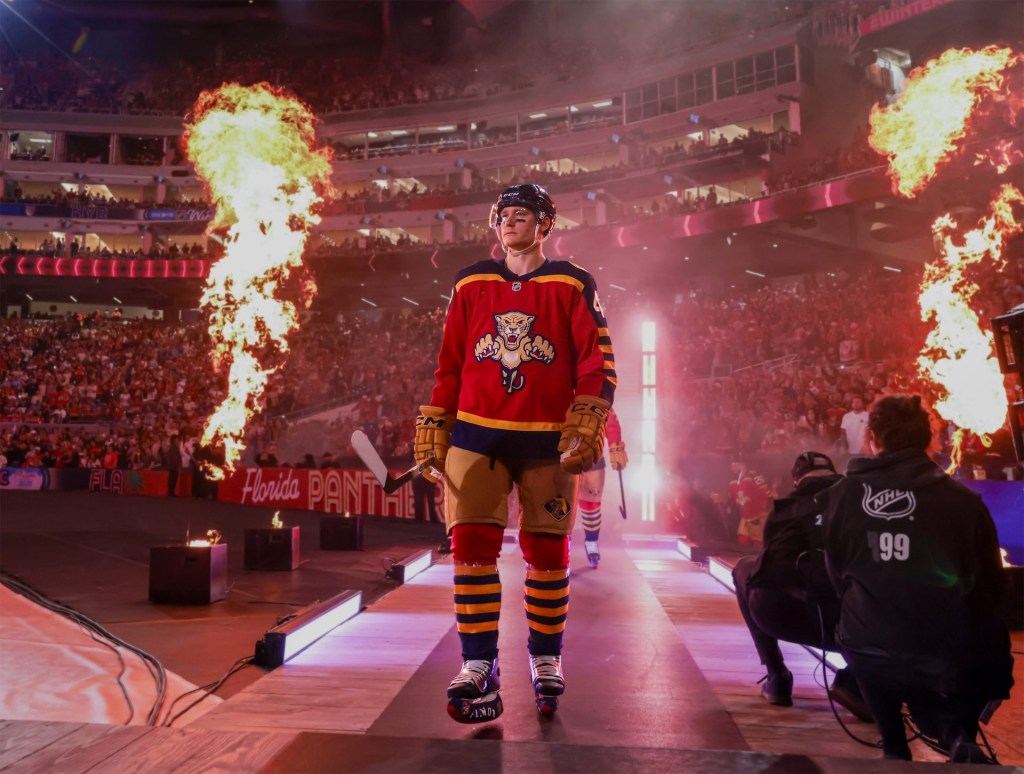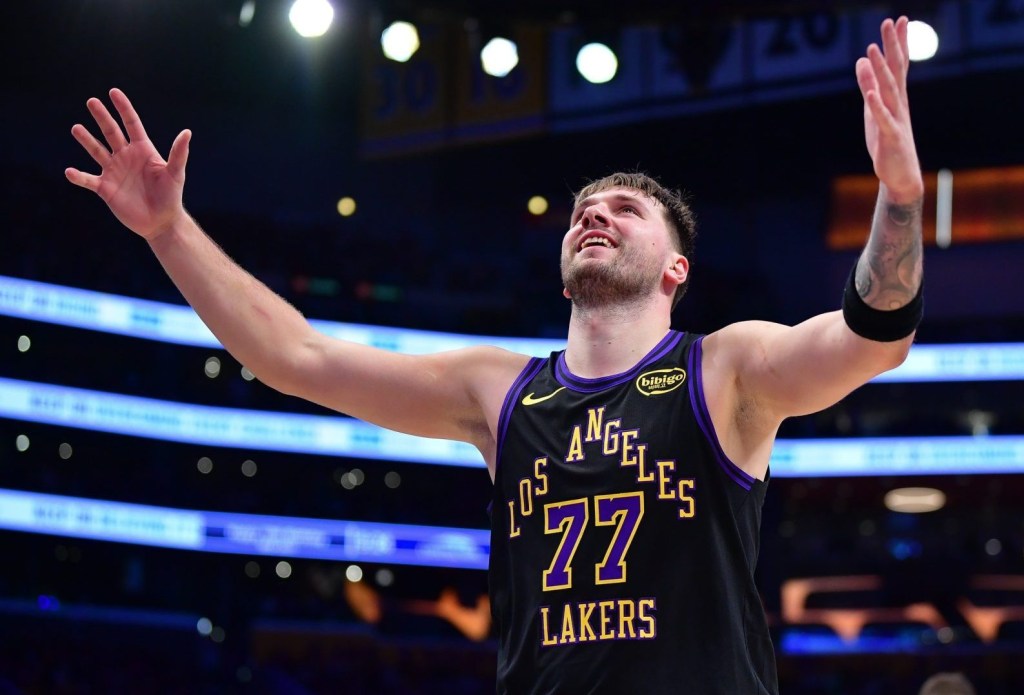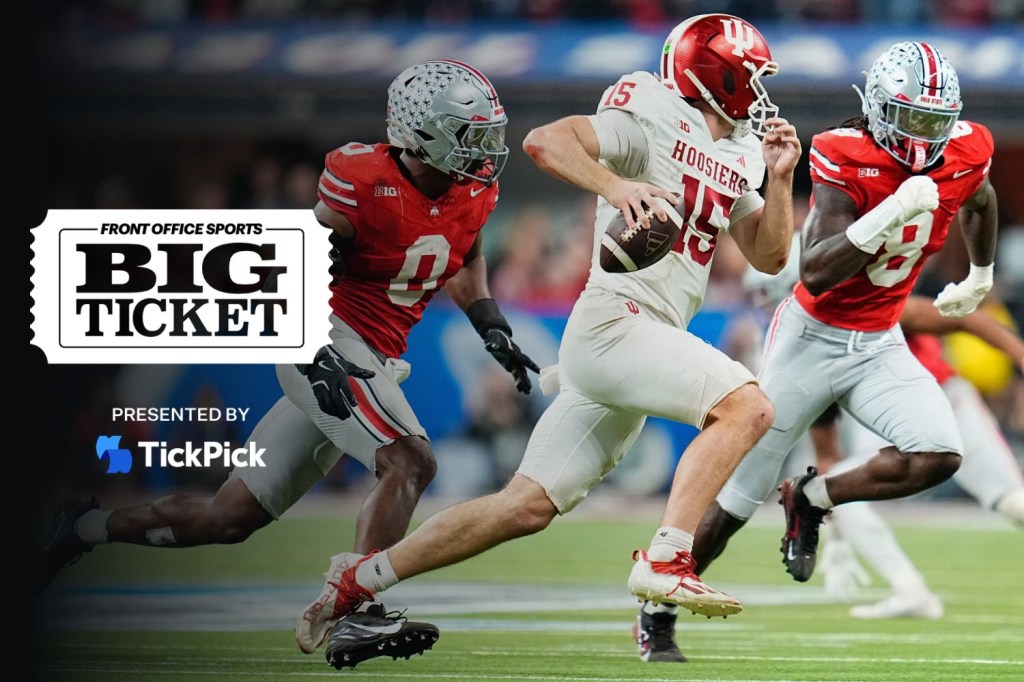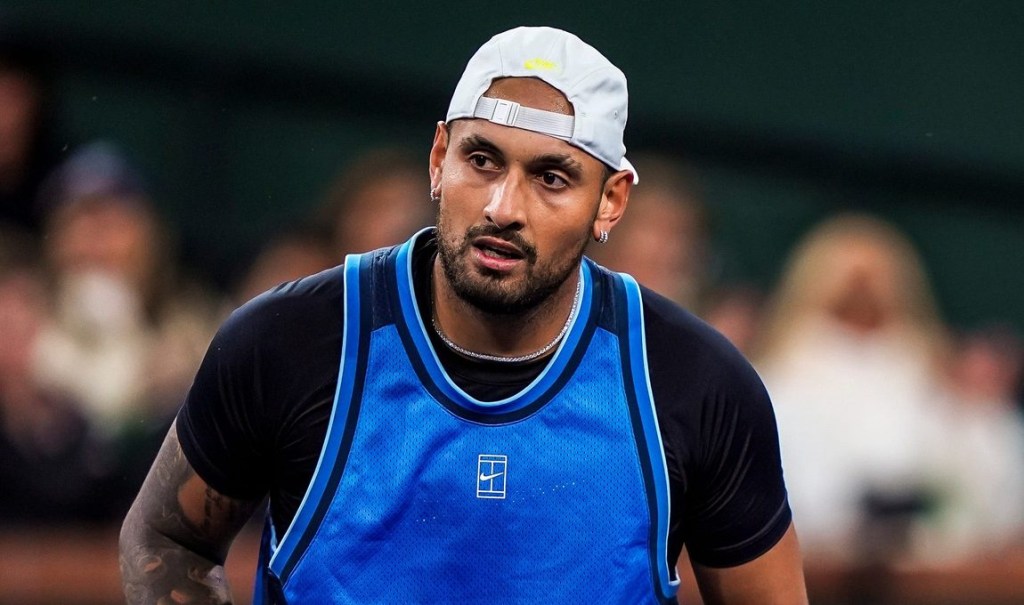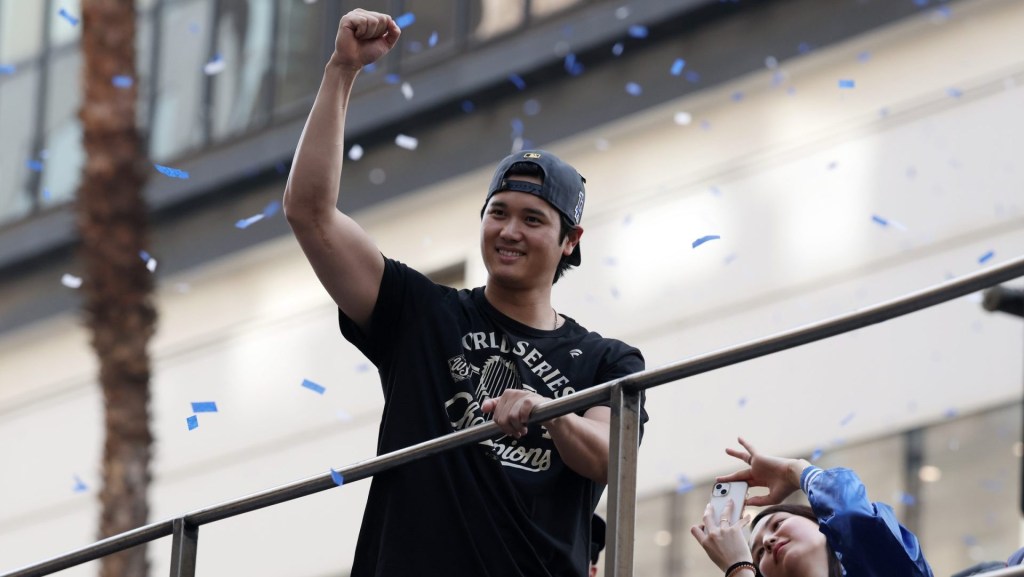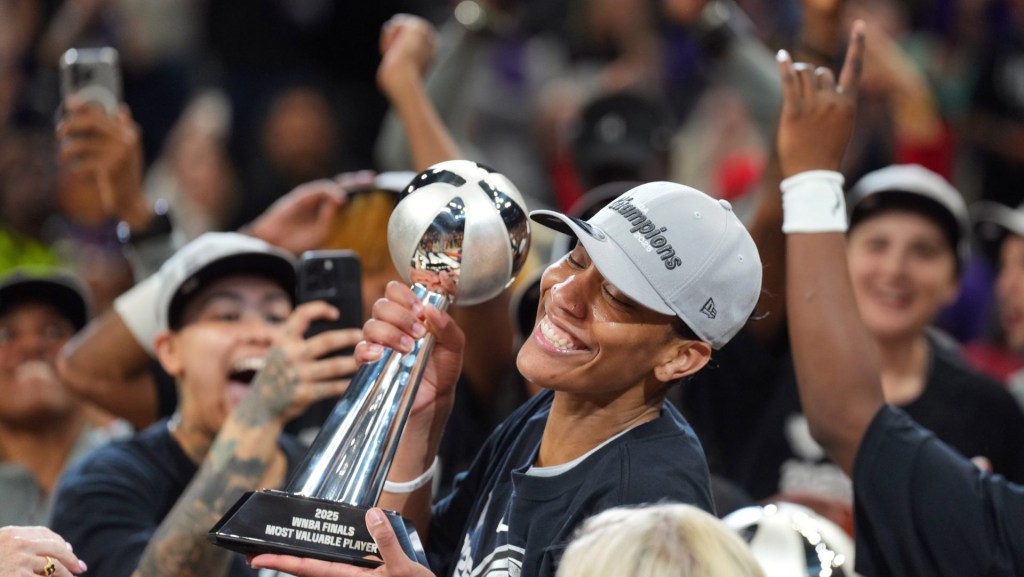Justin Simmons has a high pain tolerance. With nine seasons in the NFL as a safety, he’s used to tackling 250-pound running backs and pushing through grueling recovery regimens. But when he got his latest tattoo, a densely detailed leg sleeve stretching from his left knee to upper thigh, he didn’t grit through days of sessions laid up in a studio or the sting of needles piercing raw skin. Instead, he went under anesthesia and woke up several hours later fully inked.
Sedation-assisted tattoo sessions are a growing trend among elite athletes and celebrities who want large-scale ink without the time commitment or pain. Simmons was tattooed by a team of artists from Lakimii Tattoo, a boutique Los Angeles tattoo studio specializing in high-end body art completed in a clinical setting. “I remember them saying, ‘We’re about to put you under, count back from ten,’ and I got to eight,” he tells Front Office Sports. “Next thing I knew, my brother was waking me up.”
While Simmons has also gotten arm and leg sleeves the traditional way, he says the single-session sedation method had distinct advantages: faster recovery time and no lingering swelling to interfere with his training.
“It was by far the best decision I’ve made in terms of making a tattoo super accessible,” he says.
Accessible in terms of the experience, at least; price-wise, Lakimii Tattoo bookings start at $30,000 a piece, and can climb depending on the scale and complexity of the design, the number of artists involved, and the hours of anesthesia required. That fee covers everything: the surgical space; a licensed anesthesiologist and nurse; medications; and the work of as many as five tattoo artists, who complete in one day what might otherwise take weeks.
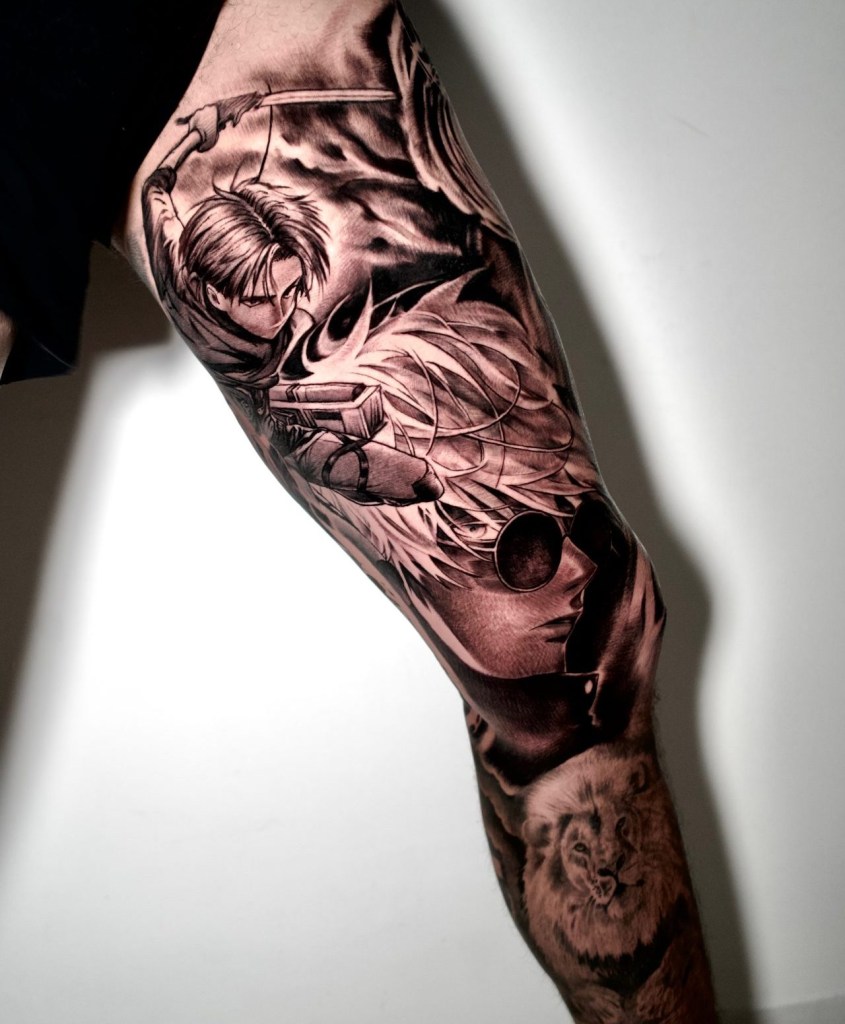
“It’s not that [athletes] can’t handle the pain—they’re pros,” says Lakimii Tattoo cofounder Timo Schuldt, whose client list also includes Steelers cornerback Jalen Ramsey, Sacramento Kings guard Dennis Schröder, and Raptors forward Brandon Ingram. “But they don’t have time to come back and forth for ten single sessions.”
Athletes have long used tattoos to showcase their identities, honor their roots, and celebrate their careers. Today, you’d be hard-pressed to watch a pro sports game for long without catching a glimpse of an inked bicep or a chest piece peeking out from under a jersey. Even face tattoos have become a fairly common sight: The Knicks’ Jordan Clarkson has an ambigram of the words “love” and “pain” on his temple, and Bills cornerback Christian Benford has a broken heart adorning his right cheek.
As the art form moves from subculture to center stage, especially in pro sports, the expectations around the experience are changing, too. Tattoos today are a professional asset, woven into athletes’ public personas, brand deals, and video game avatars. Some high-end tattoo artists now operate more like branding collaborators than anonymous technicians in a backroom studio. They’re flown across the country, asked to interpret deeply personal symbolism, and trusted with a highly visible—and permanent—part of a player’s image.
NBA point guard LaMelo Ball, for instance, has covered much of his body with tattoos that reflect the themes of his fashion label, LaFrancé—including UFOs and alien motifs that have appeared on both his hoodies and his skin.
To meet the demand from time-strapped stars like Ball, tattoo studios have evolved accordingly—opting for team-based, multi-artist sessions to produce large-scale work quickly without compromising detail. “What Melo got done in three days takes some people years to get,” artist Herchell Carrasco told Complex.
Carrasco led the six-artist team behind Ball’s $20,000 back piece, completed over three six-hour days. Ball didn’t use sedation but relied on lidocaine numbing cream. “He wanted a lot more than this, and I really had to tell him like, ‘Hey Melo, this is really the max that we can do.’”
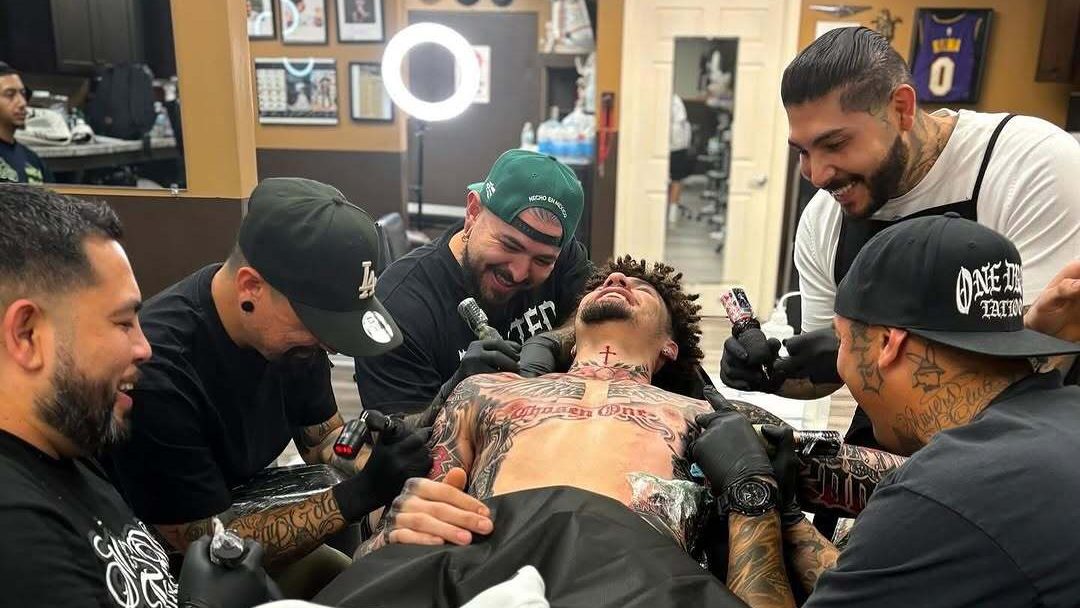
These methods have their critics. For one, some veteran tattoo artists argue bypassing the traditional process undermines the intimacy and trust built over the course of multi-session projects. Others lament the loss of what was once a central element of the tattooing experience. It may sound masochistic, but for many, the pain is part of the point.
Michael Zuratti, cofounder of Sedation Ink, a Florida-based provider of anesthesia-assisted tattoos, has heard the critiques. “All those people online that are like, ‘Oh, you’ve gotta enjoy the pain,’ … listen, you’ve got some issues you’ve gotta address,” he tells FOS, only half-joking.
Simmons isn’t interested in gatekeeping the experience. “To each their own,” he says. “I get that some people like the process of sitting for a tattoo, and I also know that going under is a luxury not everyone can afford. But after doing the bottom half of my leg [without sedation], I was like, ‘I’m not doing that again if I can help it.’”
Safety is another concern—particularly when general anesthesia is involved. According to the Mayo Clinic, side effects of anesthesia can include nausea, memory loss, or, in extremely rare cases, cardiac arrest. In 2023, Brazilian influencer Ricardo Godoi died when he went into cardiac arrest after being put under for a sedated tattoo session in the country’s Santa Catarina state. While details remain unclear, the incident sparked concern over the lack of regulation in some regions.
Noel Pace, Sedation Ink’s health-care attorney and a former Army combat medic, says that’s why the business follows strict clinical protocols: “This is not a surgery, but we treat it with the same standards of safety and care.” Before every procedure, clients undergo medical evaluations, submit bloodwork, and are screened for contraindications. On the day of, the doctor—not the tattoo artist—runs the show.
The added oversight doesn’t come cheap, with prices ranging from $30,000 for a neck tattoo to $50,000 for a full back piece. But to Pace, it’s a necessary safeguard. “You’re not in a strip mall. You’re in a medical facility,” he says. “Cleanliness, disease protocols—all of those things are top of mind, especially for someone whose body is their livelihood.”
“It is serious,” says Zuratti of the general anesthesia process. “But tens of thousands of procedures are being done every day across the world. The ones that go well don’t get advertised.” His team recently canceled a session when a client tested positive for pregnancy on the day of the procedure. “The doctor was not entertaining that conversation,” he recalls. “It was over.”
Schuldt says Lakimii’s sessions are run in surgical suites normally reserved for cosmetic procedures like Brazilian butt lifts and tummy tucks. “It’s a luxury service,” he says. “You’re not just paying for a tattoo. You’re paying for the doctor and the whole setup.”
Still, the logistics of putting multiple tattoo artists, a physician, a nurse, and a high-profile client in a single operating room aren’t simple. At Sedation Ink, Zuratti says the procedure is more like a coordinated medical operation than a trip to the tattoo parlor.
At any given session, there may be five or more artists working simultaneously on a single client—each focused on a different body part, while navigating surgical protocols, sterile conditions, and a firm time limit. In Florida, where Sedation Ink is based, clients can be under general anesthesia for a maximum of eight hours. Most sessions run between five and seven.
Dallas Cowboys quarterback Dak Prescott, meanwhile, spent 11 hours sedated for a leg sleeve in 2023 that includes tributes to his late mother and brother, as well as sports icons like Kobe Bryant and Muhammad Ali. He went to Andres Ortega of Phoenix-based Onder Ink on the recommendation of receiver CeeDee Lamb, and later referred then-teammate Tony Pollard to the same studio.
“When Dak did it, that was my green light,” Pollard told the Fort Worth Star-Telegram. “If Dak is cool with it. He makes good decisions.”
As for Simmons, he’s not in a rush to go back under. But if the right idea comes along? “If I ever wanted another big piece,” he says, “I’d absolutely do it again.”
